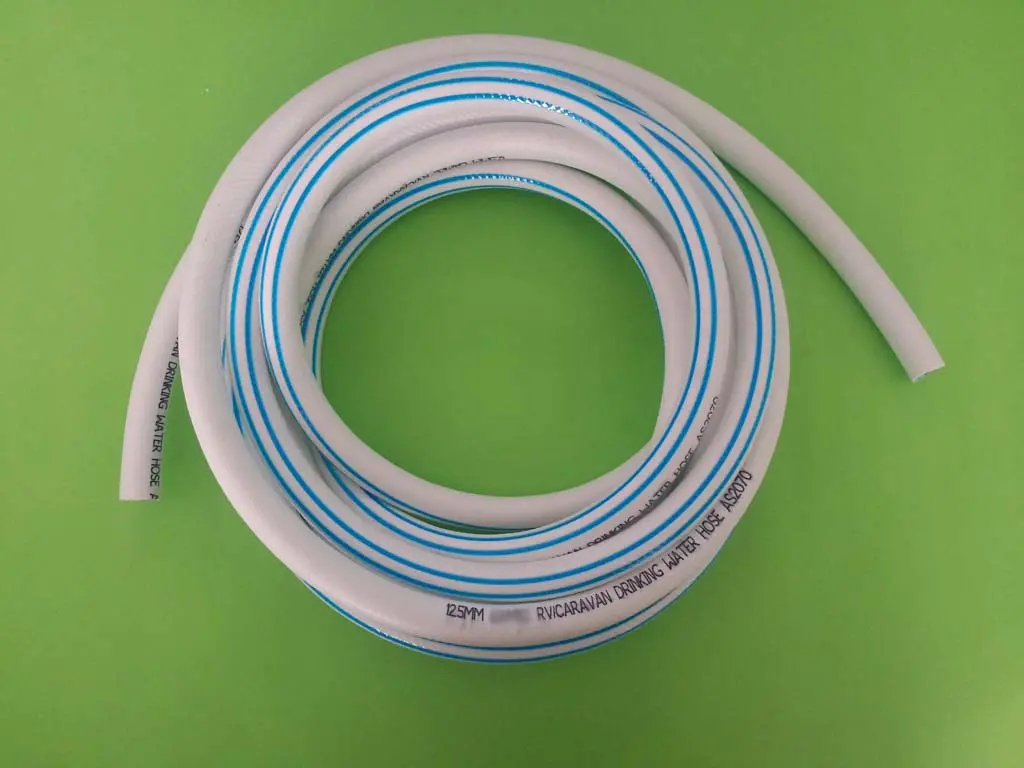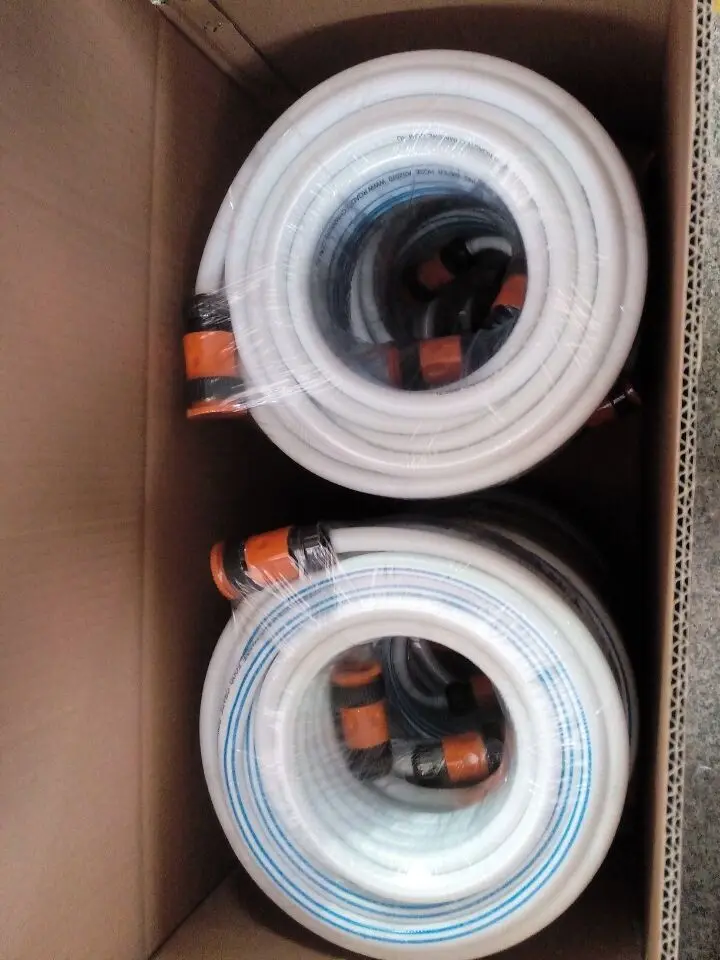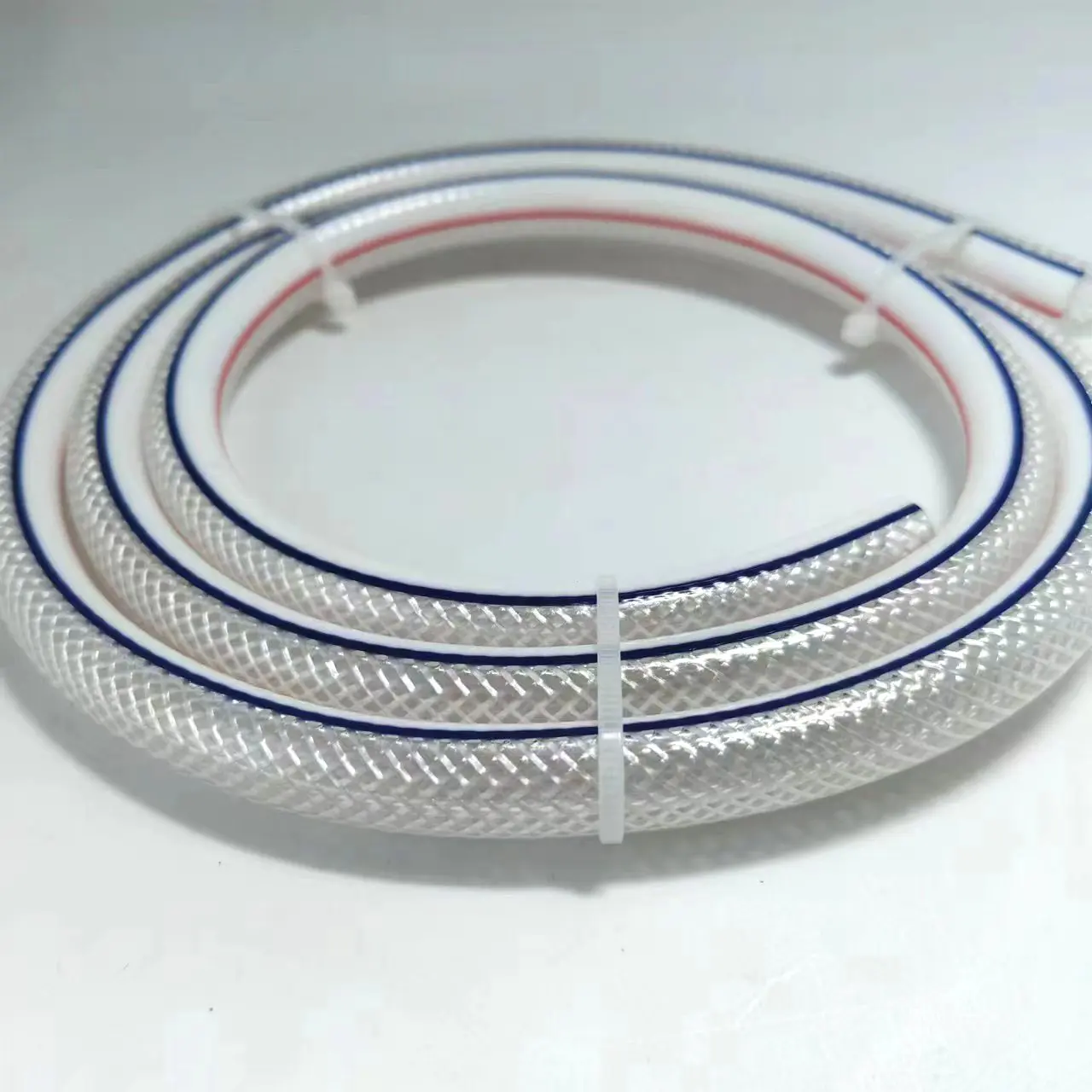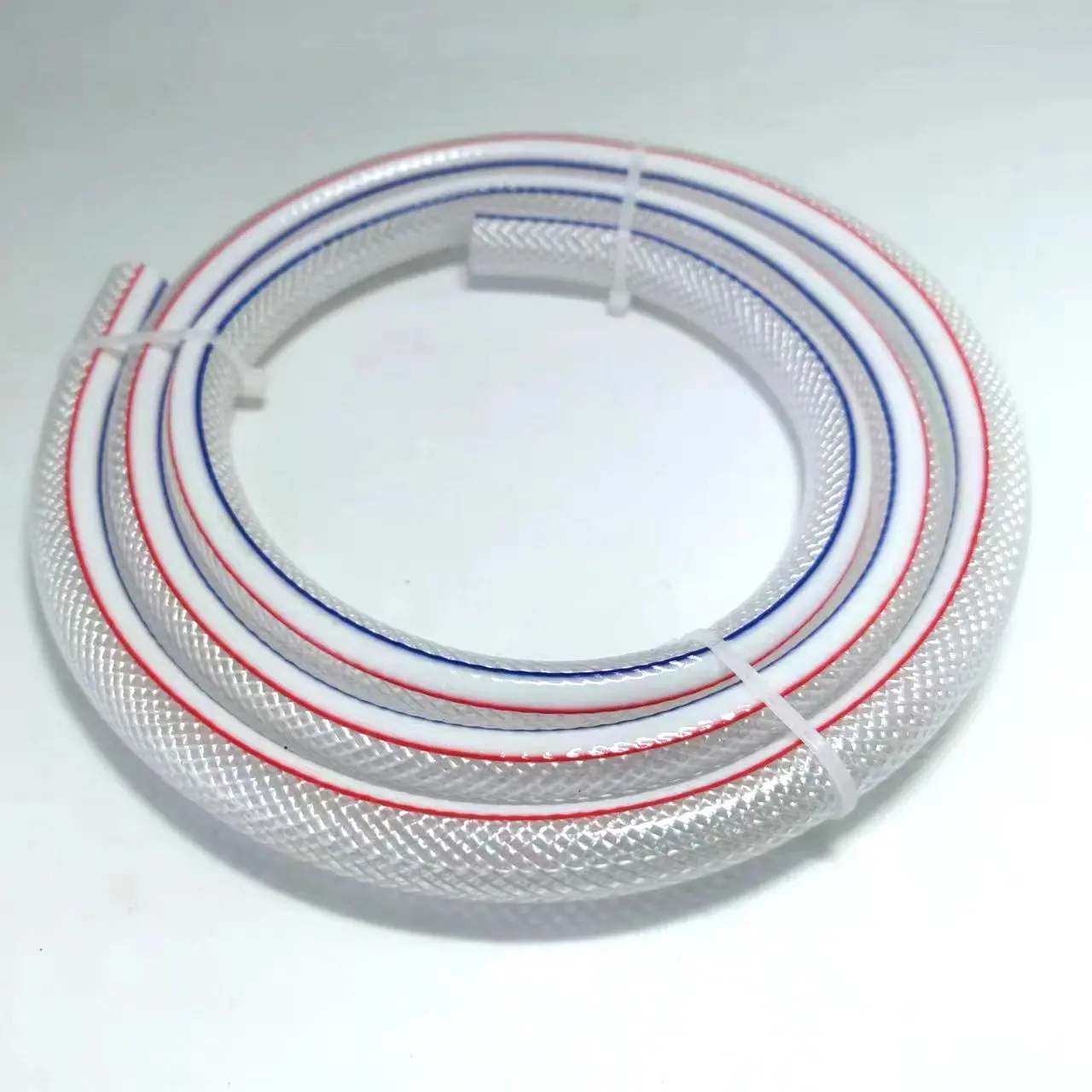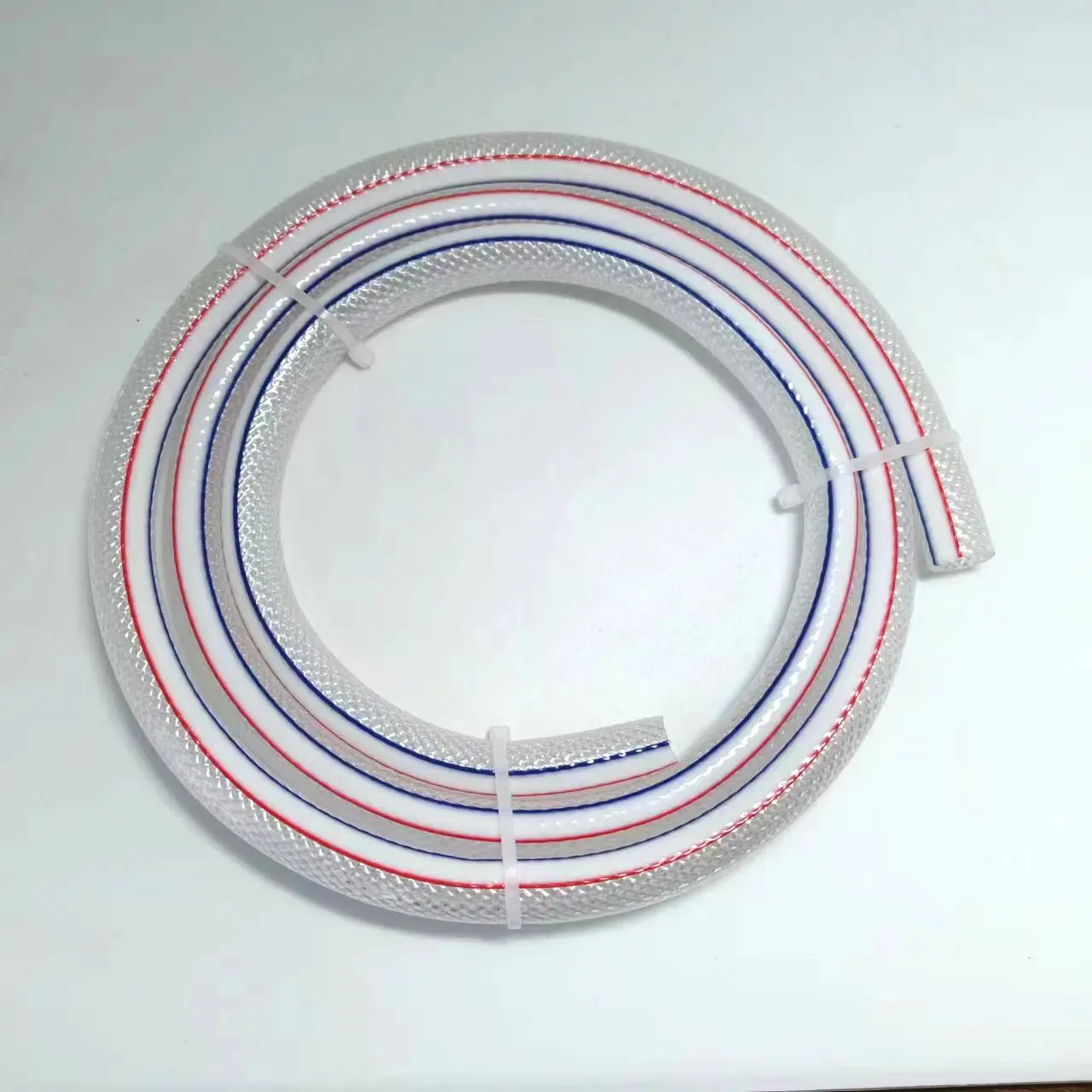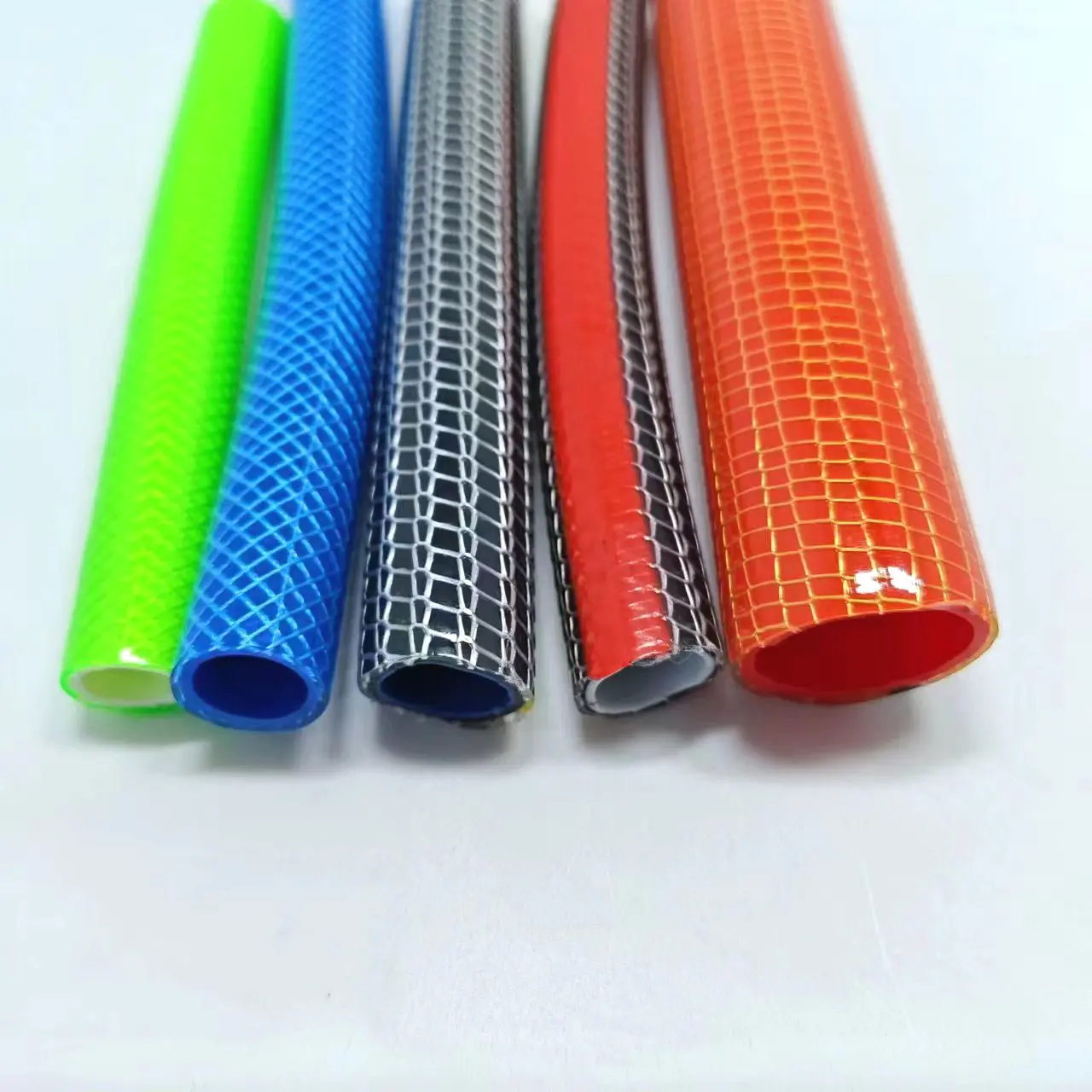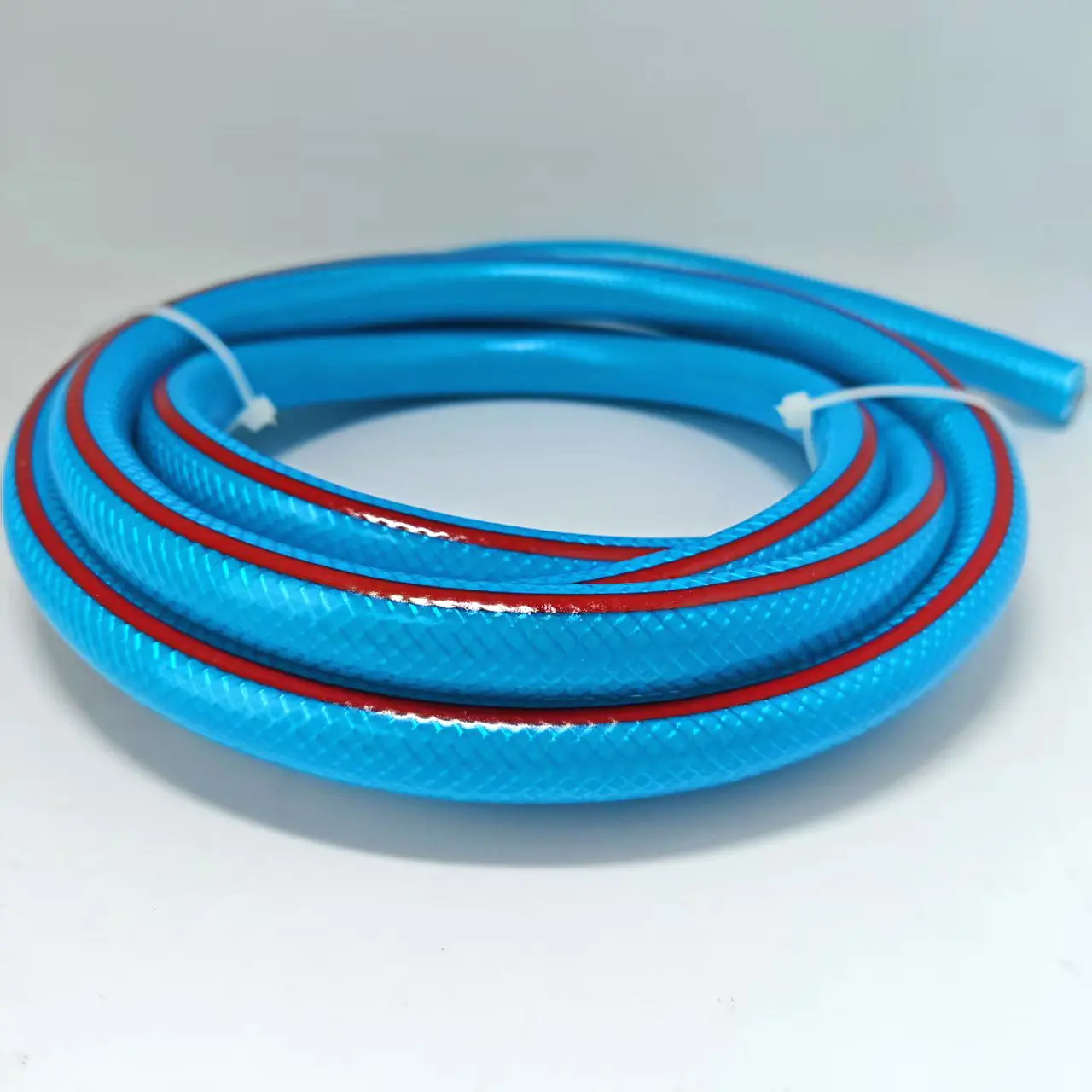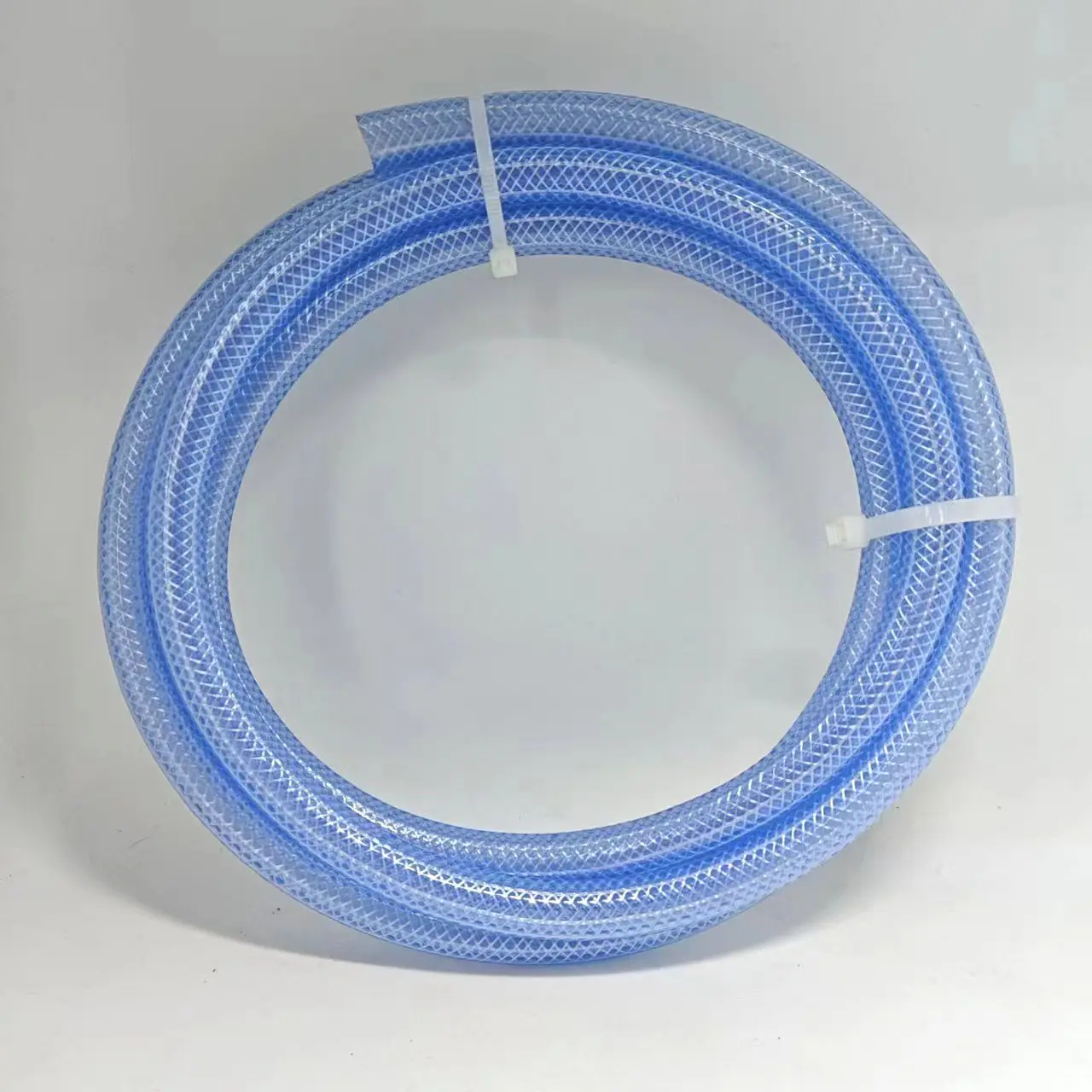"RV drinking water hose" refers to specifically designed hoses for recreational vehicles (RVs) and other outdoor camping and travel scenarios that are used to carry heated drinking water. These hoses typically exhibit the following characteristics and functions:
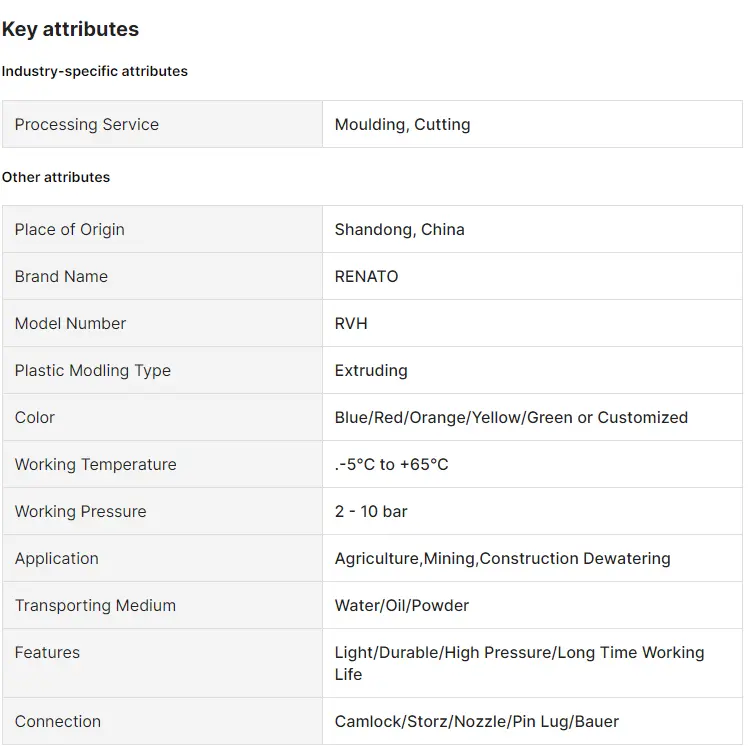
Material and Safety
Material: RV drinking water hoses are constructed using food-grade materials to ensure the safety and purity of the water. Common materials include stainless steel, polyethylene (PE), polypropylene random copolymer (PP-R), among others, which possess excellent corrosion resistance and hygienic properties.
Safety: To guarantee the safety of the drinking water, RV drinking water hoses are typically free from harmful substances such as lead and bisphenol A (BPA) during manufacturing. They also undergo relevant hygiene and safety certifications.
Functions and Features
Heating Function: A distinctive feature of RV drinking water hoses is their heating capability, which maintains the temperature of the water flowing through the hose to prevent freezing in cold environments. This heating function is often achieved through built-in heating elements or thermostats that automatically adjust heating power based on ambient temperatures.
Low-Temperature Resistance: To accommodate harsh outdoor camping and travel conditions, RV drinking water hoses exhibit good low-temperature resistance, ensuring normal operation even in extreme cold.
Easy Connection: For user convenience during installation and use, RV drinking water hoses typically feature standardized fittings at both ends, such as internal or external threads, which can be easily connected to the RV's water system or other water supply equipment.
Application Scenarios
RVs: RV drinking water hoses are an integral part of an RV's water system, providing hot and cold water supplies.
Yachts: In watercraft such as yachts, RV drinking water hoses also play a crucial role in ensuring passengers have access to safe and hygienic drinking water during navigation.
Camping Vehicles: For outdoor camping enthusiasts, RV drinking water hoses are essential equipment, providing a convenient and safe drinking water solution.
Precautions
When using RV drinking water hoses, it is important to maintain their cleanliness and hygiene by regularly cleaning and disinfecting to prevent bacterial growth.
During installation and use, it is necessary to strictly follow product manuals and relevant regulations to ensure safe and stable operation.
In summary, "RV drinking water hose" refers to a specifically designed heated drinking water hose for recreational vehicles and other outdoor camping and travel scenarios, featuring food-grade materials, heating capabilities, low-temperature resistance, and easy connection.
Connecting an RV drinking water hose to an RV involves following standardized interface designs and operational procedures. Here are the basic connection steps and precautions:
Connection Steps
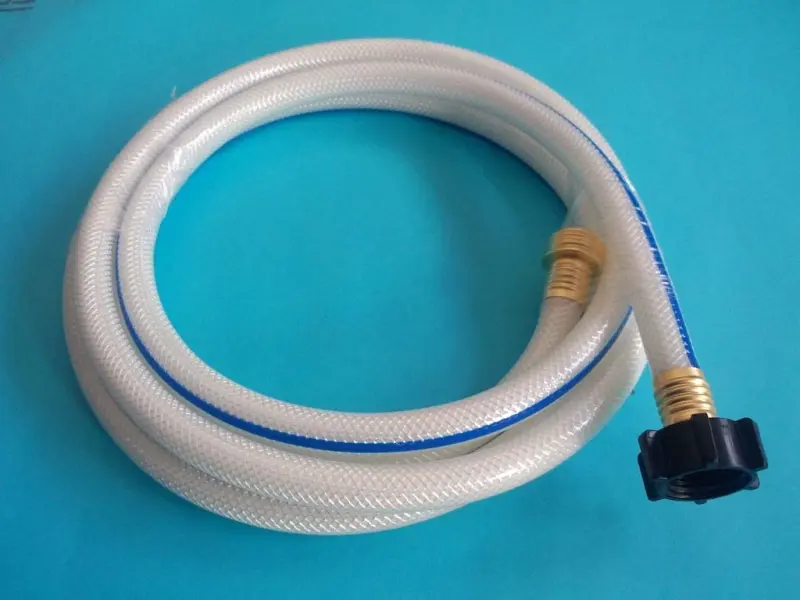
Prepare Tools and Materials:
RV drinking water hose: Ensure the hose is specifically designed for RV use, featuring food-grade materials and necessary heating, low-temperature resistance, and other characteristics.
Connection fittings: Such as internal or external thread adapters, gaskets, etc., used to connect the hose to the RV's water system.
Other tools: Including wrenches, screwdrivers, etc., for tightening connections.
Inspect the RV Water System:
Before connecting, check the RV's water system for damage or leaks, including the water tank, pipes, valves, and other components.
Verify the interface specifications and types of the RV water system to select the appropriate connection fittings.
Install Connection Fittings:
Choose the appropriate connection fittings (e.g., internal or external thread adapters) based on the RV water system's interface specifications and install them on both ends of the drinking water hose.
Use sealing materials like gaskets during installation to ensure a good seal at the connections, preventing leaks.
Connect the Drinking Water Hose to the RV Water System:
Align the end of the drinking water hose with the interface of the RV water system and slowly rotate it to tighten the connection securely.
Avoid excessive force during tightening to prevent damaging the interface or connection fittings.
Check for Secure Connection:
After connecting, gently shake the drinking water hose to ensure the connection is secure and there are no loose or leaking areas.
If you notice an insecure connection or leakage, reconnect and tighten the fittings appropriately.
Activate the RV Water System:
Once the connection is verified, turn on the RV's water system (e.g., water pump, heater) to check if the drinking water hose supplies water smoothly and observe for any abnormalities (e.g., leaks, noises).
Precautions
Select Suitable Drinking Water Hose: Ensure the chosen hose meets the RV's requirements, with sufficient pressure resistance, corrosion resistance, and low-temperature tolerance.
Use Standardized Interfaces: Wherever possible, use standardized interfaces and fittings to ensure stable and reliable connections.
Pay Attention to Sealing: Always use sealing materials like gaskets when installing connection fittings to ensure a tight seal and prevent leaks.
Regular Inspection and Maintenance: Periodically check the connection and performance of the drinking water hose during use. Address any issues promptly to maintain the RV water system's smooth operation and drinking water safety.
By following these steps and precautions, an RV drinking water hose can be safely and securely connected to an RV's water system, providing a convenient and safe drinking water solution for RV travel.
